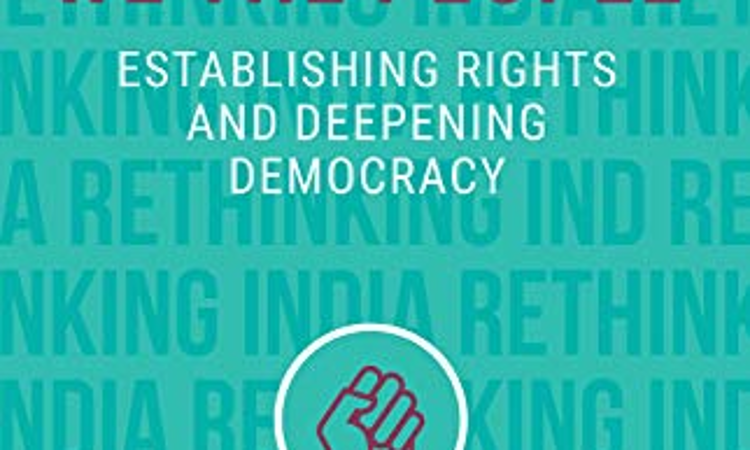- Home
- /
- Book Reviews
- /
- Book Review: We The People: Towards...
Book Review: We The People: Towards An Accountable Democracy
Shaileshwar Yadav
18 July 2021 1:25 PM IST
We The People: Establishing Rights and Deepening Democracy is the fourth volume in the Rethinking India series, assuming its title as the opening phrase of the Preamble of the Indian Constitution. The book is divided into nine essays, including the introduction. These essays altogether make space for many profound arguments on accountability, economic and social inequalities. The...
Next Story



